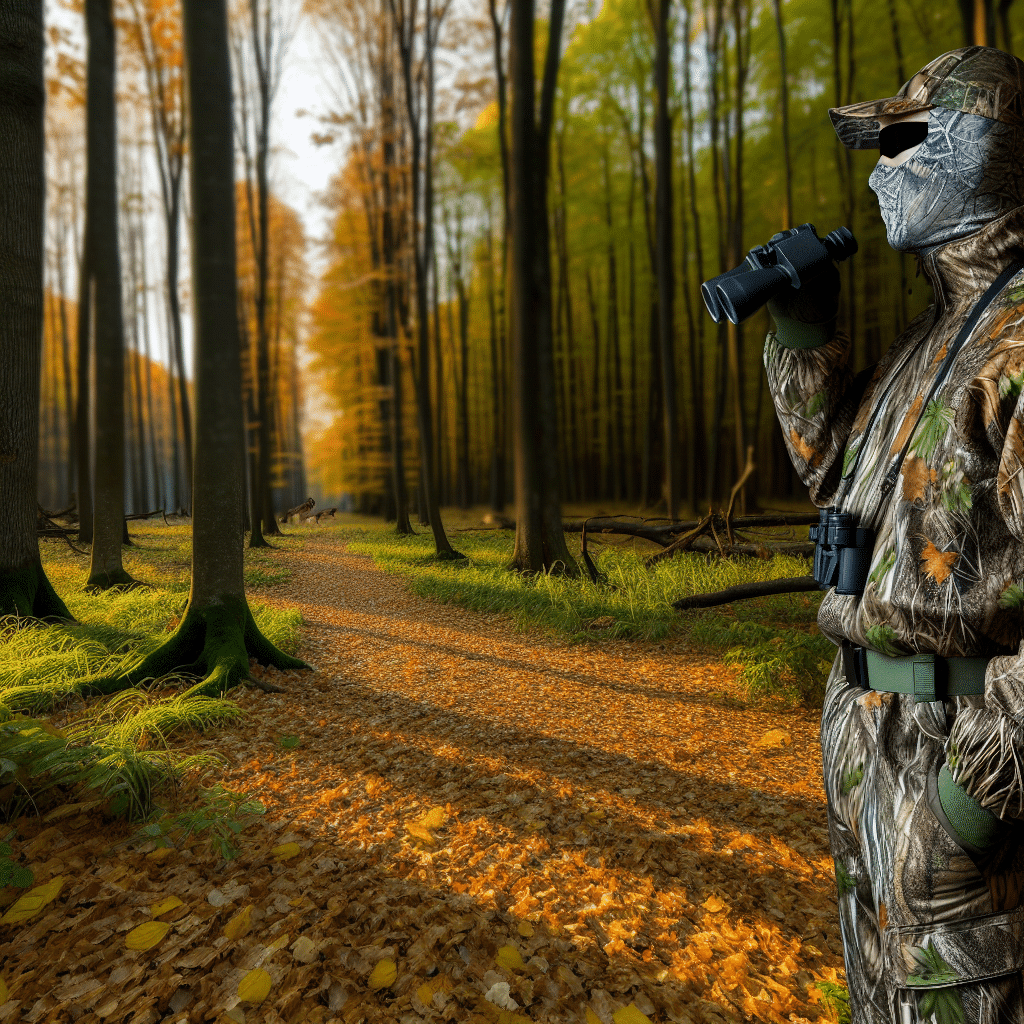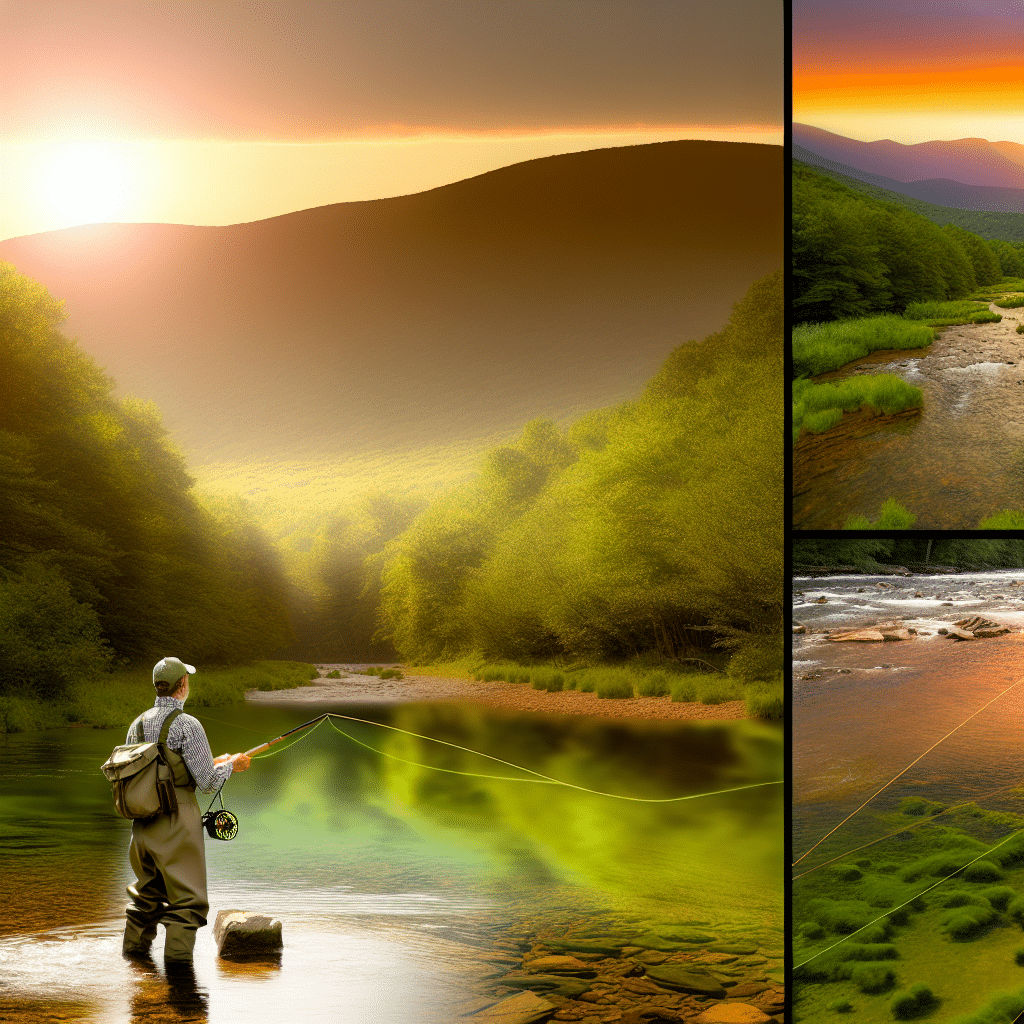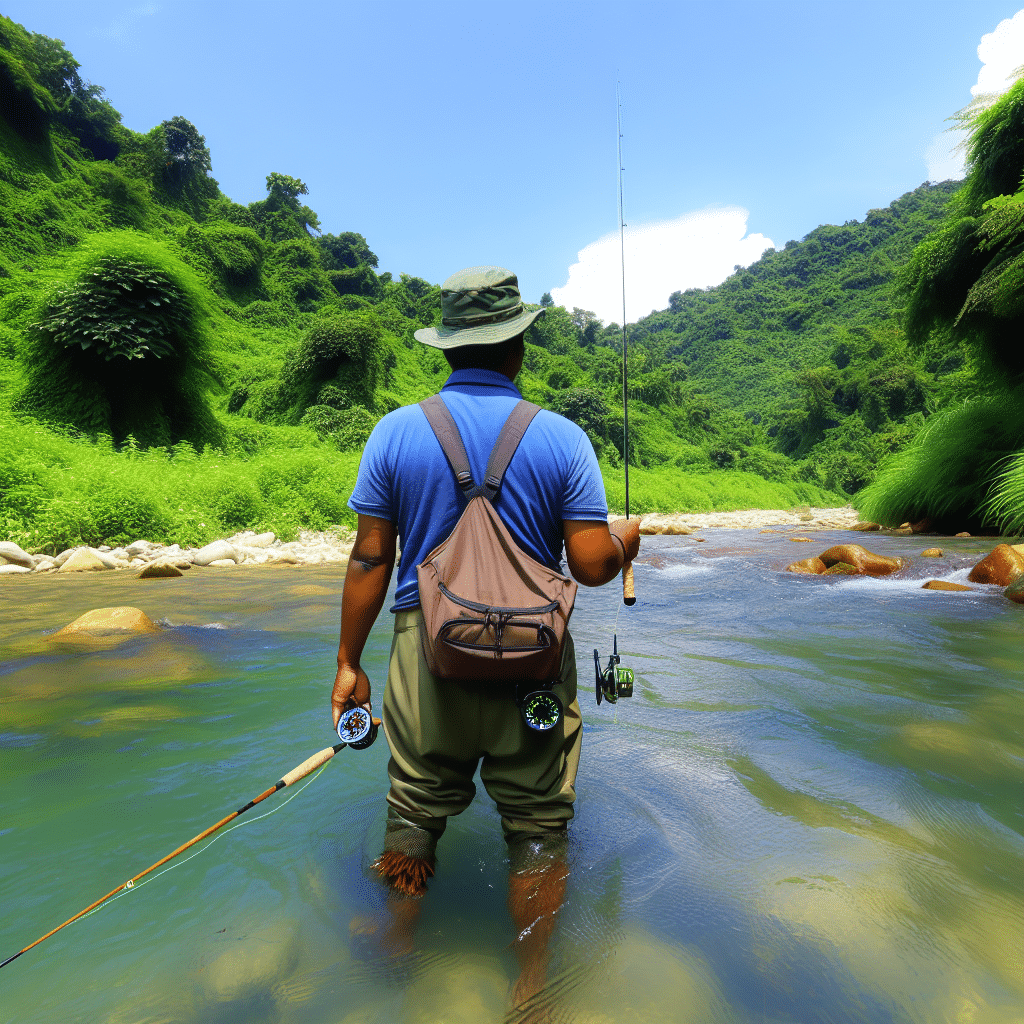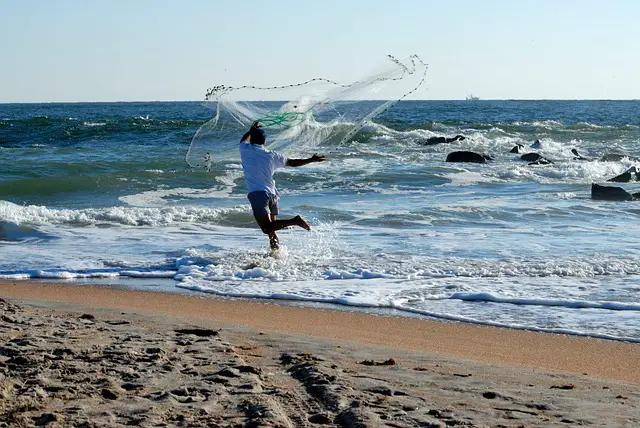What is Still Hunting?
Still hunting is an age-old technique that demands patience, stealth, and a deep understanding of the natural world. Unlike other forms of hunting that might rely on bait or blinds, still hunting is all about blending seamlessly into the environment. But what do hunters do in still hunting that sets it apart from other methods?
The Essentials of Still Hunting
Stealth and Silence
One of the primary skills hunters must master in still hunting is the ability to move quietly through the terrain. This involves understanding the natural sounds of the forest and ensuring that their own movements don’t disrupt the environment. Hunters often practice walking slowly, placing each foot carefully to avoid snapping twigs or rustling leaves. Footwear plays a crucial role here; soft-soled boots can help minimize noise.
Patience and Observation
Patience is another cornerstone of still hunting. Hunters may move just a few yards in an hour, spending much of their time observing their surroundings. They look for signs of animal activity such as tracks, scat, or feeding areas. Using binoculars, they scan the landscape for any movement or signs of wildlife. Still hunters often pause for long periods, allowing the forest to return to its natural state after their initial disturbance.
Understanding Animal Behavior
In still hunting, a deep understanding of animal behavior is invaluable. Hunters study their quarry’s habits, feeding patterns, and preferred habitats. This knowledge helps them predict where animals are likely to be at different times of the day. For instance, deer might be more active during dawn and dusk, leading hunters to focus their efforts during these times.
Gearing Up for Success
Camouflage
Effective camouflage is essential in still hunting. Hunters wear clothing that blends with the natural colors and textures of their surroundings. Some even use face paint or masks to further reduce their visibility. The goal is to become nearly invisible to the keen eyes of their prey.
Essential Equipment
Apart from clothing, still hunters rely on a few essential pieces of equipment. Binoculars and rangefinders are important for spotting and accurately assessing the distance to the game. A quality rifle or bow suited for quiet, precise shots is also crucial. Additionally, a comfortable, quiet backpack for carrying essentials like water, snacks, and first aid supplies ensures that the hunter can stay out in the field longer without making noise.
What Do Hunters Do to Adapt to Changing Conditions?
Weather and Environment
Being adaptable is key in still hunting. Hunters must be prepared to change their tactics based on weather conditions and the behavior of their prey. Rain, fog, or wind can alter animal movements and make stalking easier or more challenging. Experienced still hunters know how to use these elements to their advantage, using wind direction to mask their scent or rain to cover their noise.
Continuous Learning
Still hunting is a skill that evolves over time. Hunters continuously learn from each outing, noting what strategies worked and what didn’t. They may keep journals to track their experiences and refine their techniques with each hunt.
The Rewards of Still Hunting
Still hunting offers a unique and rewarding experience. It’s not just about the hunt but also about developing a profound connection with nature. The skills and knowledge gained through still hunting enhance a hunter’s overall prowess and foster a deep respect for the environment and wildlife. Achieving success in still hunting is a testament to the hunter’s patience, skill, and understanding of the natural world.
In summary, what do hunters do in still hunting? They blend into their environment, move with stealth and patience, and continuously adapt to nature’s ever-changing conditions. It’s a challenging yet deeply rewarding pursuit that requires both physical and mental acuity.




